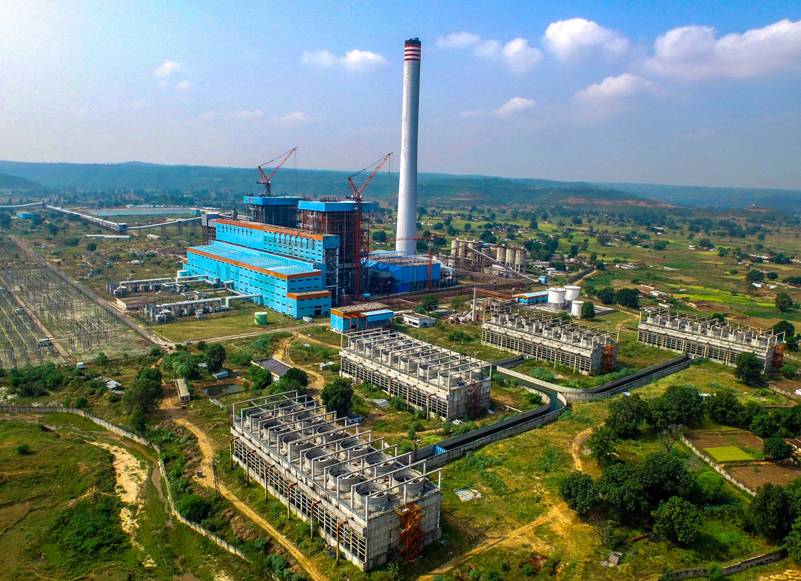Essar Power has announced the completion of the Rs.8,000-crore capex programme for its 2×600-mw Mahan power plant project in Madhya Pradesh, with the commissioning of the second 600-mw unit. Both units of the project are operational and supported by an end-to-end raw material sourcing and evacuation infrastructure.
The second unit is supplied by Harbin Electric and is designed to perform at optimum efficiency with domestic coal from pithead mines in the region. The project will provide direct employment to about 250 people, and indirect employment to around 1,250 more, a release from Essar Power said.
Transmission system
In late September 2018, Essar Power completed the last leg of the 465-km 400kV power transmission infrastructure associated with the Mahan power plant. The segment in question is the 337-km 400kV line from the Mahan power plant to the Sipat Pooling Station in Bilaspur, Chhattisgarh. This interstate transmission system (ISTS) is connected to the National Grid of Power Grid Corporation of India and will facilitate evacuation of the entire generation from the Mahan project.
The Gandhar-Hazira line and the LILO, both commissioned in April 2013, helped Essar Power fulfill its PPA obligation to Essar Steel Hazira, from the Mahan power plant.
All the transmission lines are vested in Essar Power Transmission Ltd, a subsidiary of Essar Power Ltd, and an interstate transmission licensee. The 465-km transmission network spans three states—Gujarat, Madhya Pradesh and Chhattisgarh.
Gajra Behra railway siding
The Gajra Behra siding can handle, at its peak, up to three rakes per day, which will meet the coal requirements of the Mahan plant substantially. Being just 18 km away from the facility, it will reduce the transportation distance by about 90 per cent, as well as help curb pollution. It will enable the plant to obtain domestic coal from mines of Coal India Ltd, as well as from NCL, besides being able to receive imported coal by being connected to both the east and west coasts of the country.
(Featured photograph gives an overview of the Mahan power project while the smaller picture different elements of the 400kV line from Mahan to Sipat Pooling Station, spanning 337 km)

